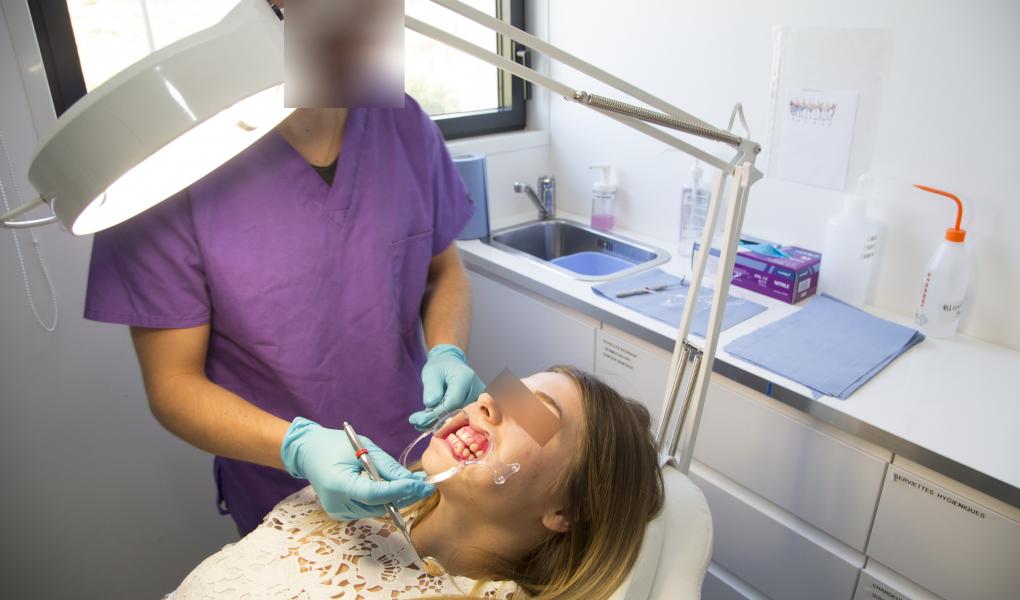Samples are taken from either premium products (the most expensive and most advanced options) or standard products made by the biggest manufacturers in the market. We test rechargeable toothbrushes with integrated batteries. Many are equipped with a smartphone app with instructions and programs.
The laboratory test
The main focus of the test is on the toothbrushes’ capacity to remove plaque, prevent the build-up of plaque and improve the condition of the gums. The evaluation is carried out by a test panel split into different groups, who use their allotted toothbrush for a specific number of days. All individuals brush with the same toothpaste for the entire period. The performance of the different toothbrushes is based on the results of a clinical examination of all the teeth and the various regions of the gums for each individual, before and after the test period.
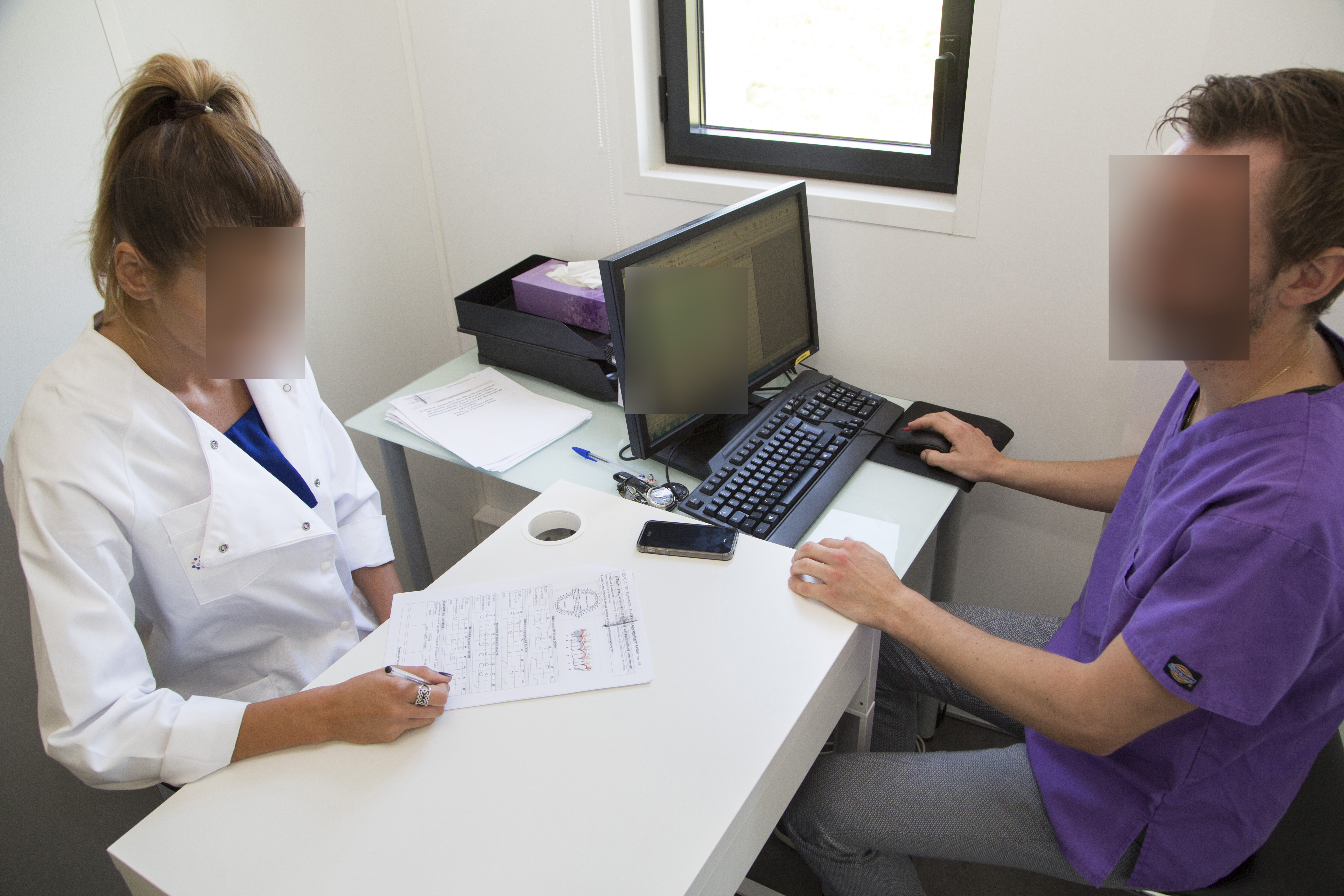
An employee at the lab assesses the test notes along with the independent and experienced dentist employed for the test. Photo: Matthieu Colin
The test involves the following main elements:
- Clinical evaluation of the toothbrushes’ capacity to eliminate plaque.
- Clinical evaluation of the toothbrushes’ capacity to reduce plaque over time (long-term effect).
- Clinical evaluation of the toothbrushes’ impact on the gums (gingival effect).
- The test panel’s assessment of ergonomics and ease of use.
- Battery capacity and charging time.
- Durability.
- Evaluation of mobile apps and user manuals.
After an initial dental examination, the sample quantity of individuals is selected for the test. All participants are adults aged 18–65.
All participants use an electric toothbrush daily. Each test participant brushes their teeth with each toothbrush in a rotating schedule. Brushing is performed in the lab after 12 hours of plaque buildup. A dental hygienist records the amount of plaque on all teeth (inside and outside) before and after brushing. The reported result for percentage plaque removal is an average for all teeth and all test participants before and after brushing with the different toothbrushes.
The laboratory's experts evaluate the mobile apps connected to the toothbrushes. The evaluation focuses on connectivity, user-friendliness, connection settings, and features. In addition, user manuals are evaluated, and the handling of the toothbrush is assessed, including ergonomics, handling, vibrations, and noise level.
Clinical evaluation
An examination of the teeth and gums is conducted by a qualified and experienced dentist.
Plaque
The assessment of the amount of plaque is made using the Quigley Hein Index, a 5-point scale for determining the amount of plaque covering the teeth. The assessment is performed on all the teeth in the mouth, on the front and back of each tooth. The assessment of the back also includes the gaps between the teeth.
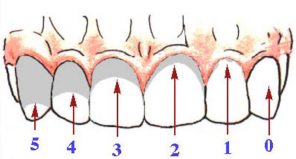
Gums
The condition of the gums (incidence of swelling, irritation or inflammation) is determined on a 4-point scale: 0: No signs 1: Minor signs 2: Moderate signs 3: Clear signs
Test parameters
A. Clinical evaluation of the toothbrushes’ capacity to eliminate plaque
The toothbrushes’ capacity to eliminate plaque is judged by comparing the amount of plaque before and immediately after brushing in the lab. The assessment is performed on all the teeth in the mouth.
B. Clinical evaluation of the toothbrushes’ capacity to reduce the build-up of plaque
The toothbrushes’ capacity to reduce the build-up of plaque is judged by comparing the amount of plaque before brushing at the start of the test period and at the end (after 28 days). If the amount of plaque has reduced, this indicates that the toothbrush has the capacity to reduce the build-up of plaque on the teeth.
C. Clinical evaluation of the toothbrushes’ impact on the gums
The toothbrushes’ impact on the gums is judged by comparing the incidence of swelling, irritation or inflammation in the gums, before brushing, at the start of the test period and at the end (after 28 days).
D. The test panel’s assessment of ergonomics and ease of use
The panel members answer a number of questions about ease of use, the accompanying instructions and ergonomics:
- Manual and instructions
- Handling and ergonomics
- Menu system
- Replacing the toothbrush head
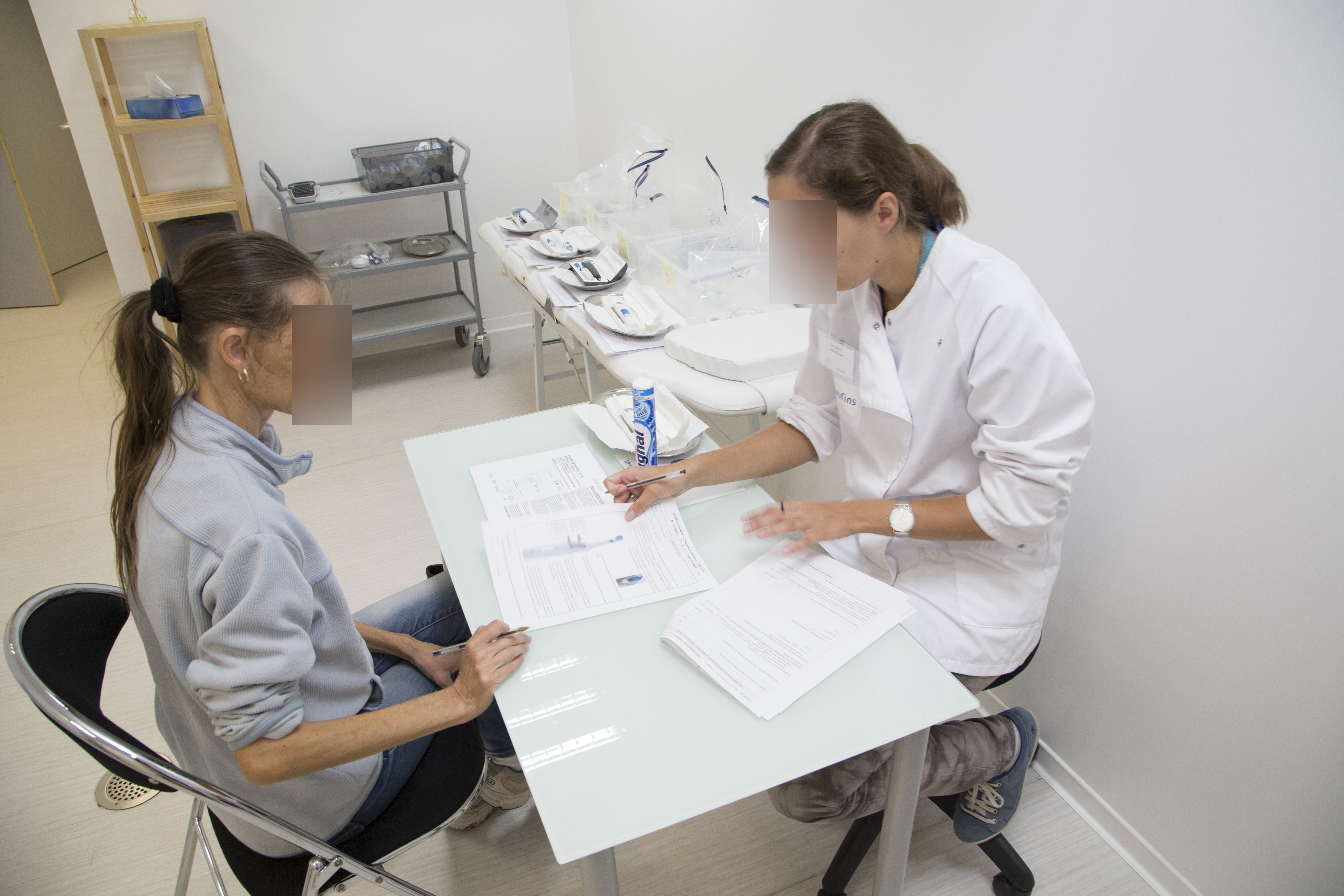
All panel members judge the ergonomics and ease of use of their toothbrush. Photo: Matthieu Colin
The panel members also note any technical problems with the different toothbrushes during the test period.
E. Battery capacity and charging time
Battery capacity is measured by running the toothbrush in two-minute intervals with a one-hour rest between each cycle. The brush head is loaded with 100 g against a ceramic surface with liquid. Battery charging time and energy consumption is measured from fully discharged to fully charged.
F. The toothbrush’s durability
The toothbrush is dropped repeatedly and at different angles onto a hard floor from a certain height. After the test, the toothbrush is checked to see if it still works.
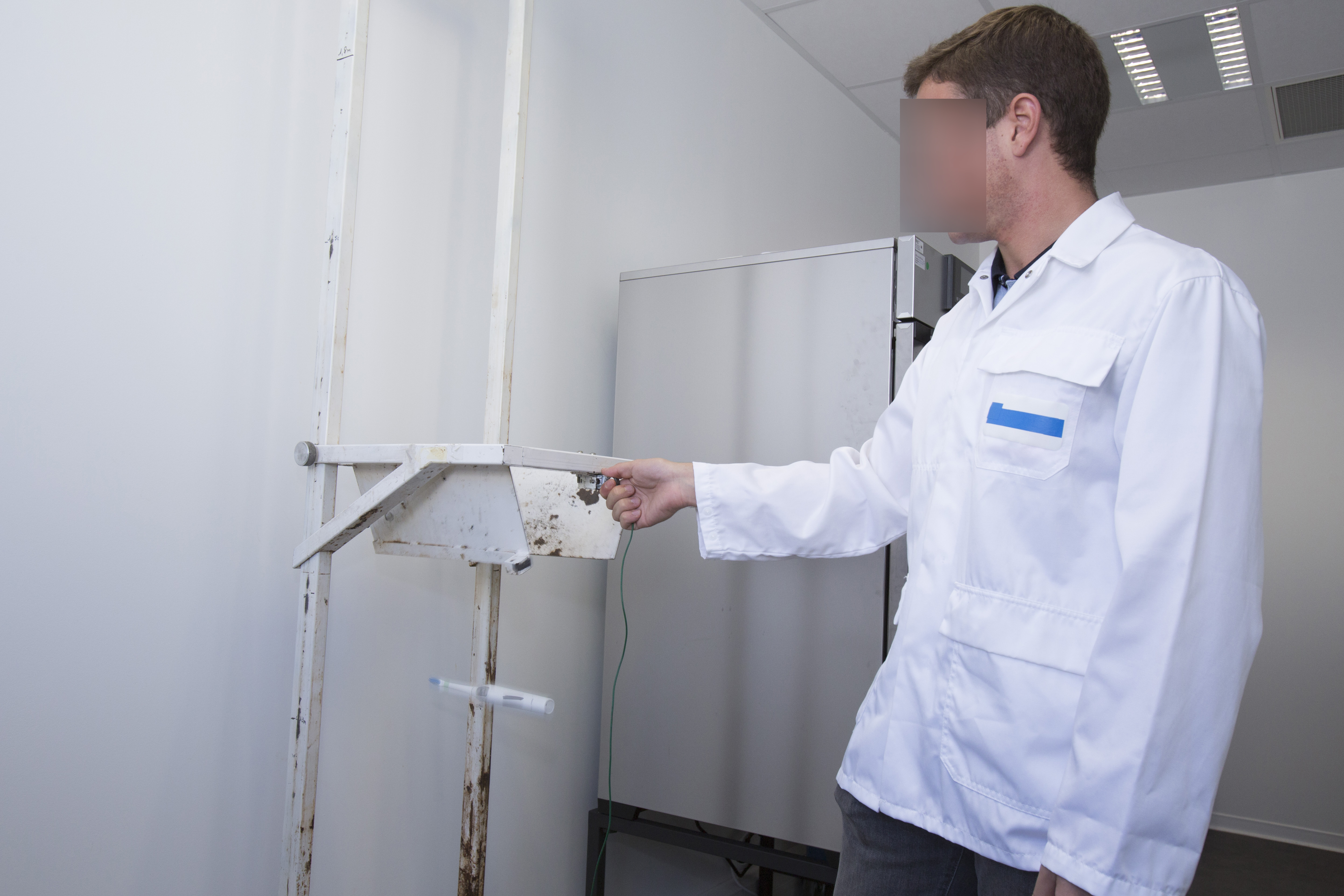
Drop test onto a hard floor. Photo: Matthieu Colin
Weighting and grading of the test results
The results from the various elements of the test are graded on a scale from 1–10, where 10 is the best. A score of less than 6 is only given if the results are poor and significantly worse than for other products in the sample. Testfakta’s grading is based on the laboratory’s test results and the reported measurements.
The weighting and grading of the various sub-results is conducted in consultation with the laboratory.
In the overall score, the results from the various components are weighted as follows:
- Brushing efficiency (plaque removal): 60%
- Battery capacity and charging: 10%
- Handling, comfort, and user-friendliness: 20% *
- Mobile app functions and user-friendliness: 10%
*) Includes both the experts' and the consumer panel's ratings, with the consumer panel weighted highest.

